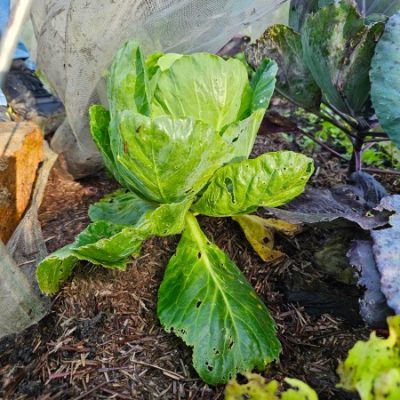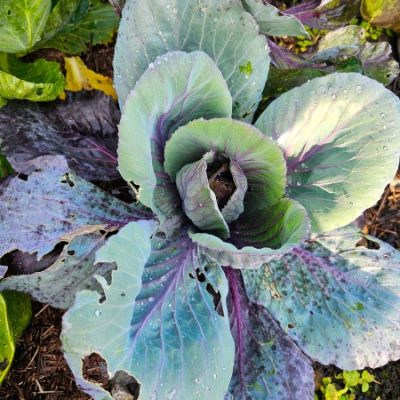There are very few surviving workhouse gardens left today. That is why the gardens at Ripon Workhouse Museum have been so carefully restored and brought back into use. They are a highlight of any visit to the museum, with trails and regular activities to help you get involved.
Our gardens are maintained by a team of volunteers who use Victorian horticultural practices but with a 21st century attitude. We are committed to sustainability and to educating the public on how they can make effective changes that help the environment.
Find out more about the gardens








































